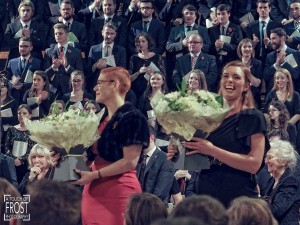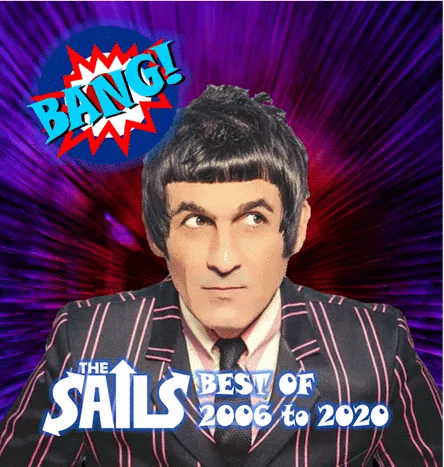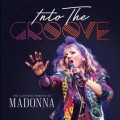Requiem for the Fallen
Driving through the city centre towards the Lace Market, with the imaginary sound of opera in my ears, I thought I was Inspector Morse going past the Dreaming Spires of Oxford towards another murder scene. Instead of a red Jag, I was in a black Mini, and on our way to St Mary’s Church to hear Giuseppe Verdi’s Requiem, performed to celebrate the centenary of the end of the First World War. A one off performance by members of the Choir of St Mary’s Orchestra of the Restoration, and conducted by John Keys in the statuesque surroundings of the 14th century church.
I’ve never been to a full length live opera performance before, just heard extracts at Beeston’s Classical Oxjam and Gail, my wife had mentioned recently that she’d like to see one, so tonight seemed a good opportunity to be introduced to this unique form of singing. The church was packed, and looked a sellout gig. Although that is probably the wrong discription to use in the world of classical music. Requiem was first performed in 1874 in Milan, and was written in response to the death of the Italian writer and humanist Alessandro Manzoni, whom Verdi had a great respect for, and has been a favourite amongst music lovers ever since. I had one of those ‘Oh, that’s where that piece of music comes from’ moments, as I recognized the Dies Irae section of the opera from TV and films. I actually thought Wagner, and not Verdi had composed it.
There seemed to be around four main differences between opera and popular music concerts:
1, ‘none of the performers interact with the audience’. Although this did happen tonight as soprano Elisabeth Meister verbally castigated someone in the audience for using their mobile phone. She actually stopped singing and told them not to talk on the phone during the performance.
2, ‘no clapping at the end of each song, even if there are some pregnant pauses. Save it for the end of the performance’. Although someone did this, but they embarrassingly stopped quite quickly, as they realised that no one else was joining in.
3, ‘no audience participation’. The audience sat there quietly, soaking up the music and atmosphere. Although a woman sitting next to me seemed to be using her mobile nearly the whole time. Also how many people can actually sing in Italian, and in the way that that Elisabeth, Katie Stevenson, Keith Halliday and Bozidar Smiljanic did?
4, ‘you can use a book with the words in’. It was actually fun to see the chorus all turn their pages at the same time.
The average age of the audience seemed to be about 59. Maybe like real ale, it’s only appreciated when someone reaches middle age. But the musicians appeared to be quite young. Especially the 52 members of the chorus, who’s mean came to around 40.
The acoustics in the church were really good, as no one appeared to be using a microphone. This must be down to all that stone and high ceilings, as well as the group’s musical abilities.
The whole performance lasted about 90 minutes, and the audience was finally allowed to show their appreciation of the evening’s entertainment. Although no one was really sure if they had finally finished, so there was a few seconds of uncertainty before the applause actually started.
Christopher Frost




